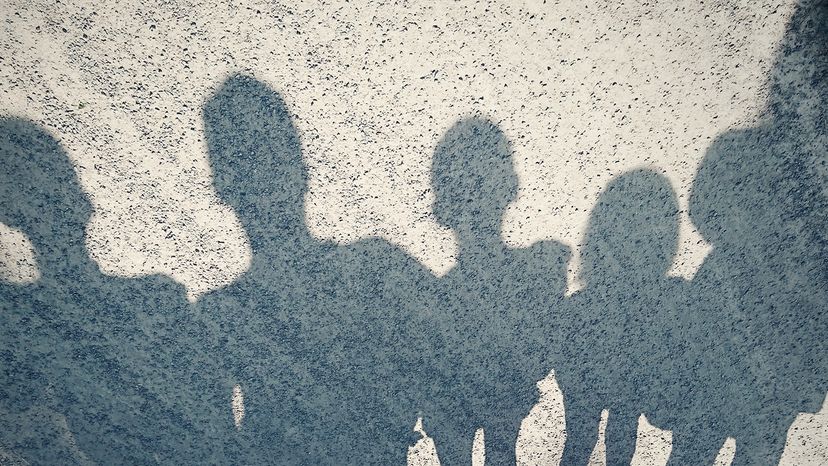
One of the most haunting images of World War II is the "human shadow" etched into the stone steps of the City of Hiroshima branch of Sumitomo Bank.
Although this outline of a person sitting and waiting for a bank to open shows a snapshot of one of the most intense wartime acts in human history, it remains an essential reminder prevent a similar tragedy form happening in the future.
Advertisement
Read on to learn about the Hiroshima shadows and how they illustrate the world-ending power that the United States and Russia still possess.